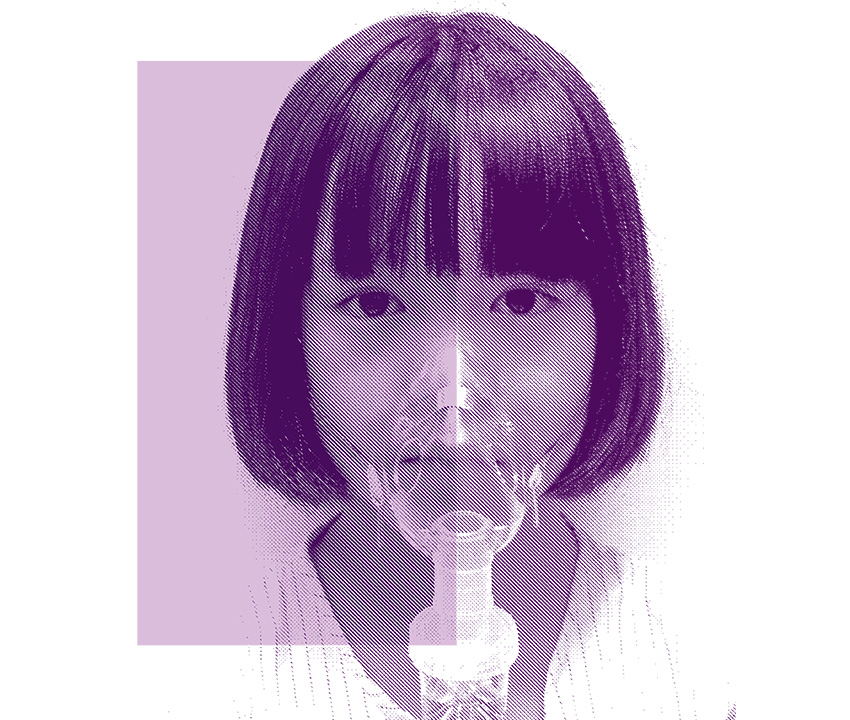When SAIT School of Health and Public Safety employees Jennifer Stefura and Meredith Patey launched their careers as respiratory therapists in the late 1990s and early 2000s, the hierarchy among doctors and other medical team professionals was always respected. Although speaking up as a subordinate wasn’t openly discouraged, it also wasn’t openly encouraged — even when patient safety was a concern.
“I remember being in situations as clinicians where we knew something wasn’t right, but we didn’t have the words to be able to express, respectfully and professionally, how we were feeling at that moment,” explains Patey, a Respiratory Therapy (RT) practicum instructor.
And Stefura — a former RT instructor who is now the School’s Supervisor, Quality and Strategic Initiatives — agrees.
“It’s different than it was 30 years ago, but there’s still risk associated with speaking up and that’s why people don’t do it,” Stefura says.
Both Patey and Stefura say social norms and hierarchy are also barriers to systemic change in healthcare and beyond, something they confirmed through their 2021 research project, A Multi-Institution Longitudinal Randomised Control Trial of Speaking Up: Implications for Theory and Practice.
Conducted in partnership with NAIT’s Efrem Violato, Research Associate with the Centre for Advanced Medical Simulation, and NAIT RT Program Chair Brian Witschen, the project’s goal was to help RT students speak up when the quality of patient care felt unsafe.
“I knew in my heart what was right, and I wanted to be part of a study that was going to create some solid evidence to support that,” Patey says.
Students were trained to use CUS, an evidence-based tool created by Team STEPPS (Strategies and Tools to Enhance Performance and Patient Safety) at the US-based Agency for Healthcare Research and Quality. It’s a communications framework that enables healthcare professionals who witness a medical error to express a concern (the “C” in CUS). If the situation continues, the next step is to describe being uncomfortable (the “U” in CUS) and then, if necessary, to identify the error as a safety issue (the “S” in CUS).
The team found speaking up was most effectively integrated into a student’s understanding of patient care when an instructor or mentor was demonstrating the skill on a repeated basis.
“We now see that it’s actually part of our job to speak up as part of patient advocacy, right? It’s what we need to do,” Stefura says. “We all need to look at the bigger picture and raise our discomfort when we’re seeing things that are concerning.”
In their report, published in the Canadian Journal of Respiratory Therapy in 2024, Patey and Stefura write that, “Speaking up and challenging authority to address errors, advocate for patients and ensure professionalism is a necessary but difficult behaviour for all healthcare professionals at all levels of experience.” It’s also an important yet challenging skill in other areas of daily life: in the workplace, in relationships, in everyday social interactions. Patey and Stefura share four tips inspired by their research:

Like what you are reading?
Find more stories from past, present and upcoming issues of LINK magazine!
Oki, Âba wathtech, Danit'ada, Tawnshi, Hello.
SAIT is located on the traditional territories of the Niitsitapi (Blackfoot) and the people of Treaty 7 which includes the Siksika, the Piikani, the Kainai, the Tsuut’ina and the Îyârhe Nakoda of Bearspaw, Chiniki and Goodstoney.
We are situated in an area the Blackfoot tribes traditionally called Moh’kinsstis, where the Bow River meets the Elbow River. We now call it the city of Calgary, which is also home to the Métis Nation of Alberta.
